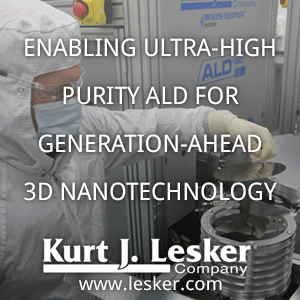Researchers at the Samsung Advanced Institute of Technology (SAIT) have unveiled a breakthrough in interconnect materials at IEDM 2025 with their paper “Grain-Orientation-Engineering of Atomic Layer Deposited Ruthenium Interconnect Technology.” As semiconductor scaling pushes below 10 nm, conventional copper wiring faces mounting resistance and reliability challenges. The SAIT team demonstrated that ruthenium (Ru), deposited via atomic layer deposition (ALD), can serve as a superior alternative by precisely controlling its crystallographic orientation. Through tailored ALD cycles, they achieved more than 99 percent texture quality in Ru films deposited on amorphous underlayers—an unprecedented level of structural order that dramatically reduces electron scattering at grain boundaries.
The study introduces a “supercycle-based area-selective deposition” approach that enables bottom-up via filling, producing c-axis-oriented single-crystal Ru vias. This method not only delivers void-free filling in narrow, high-aspect-ratio structures but also supports excellent conformality, making it highly compatible with advanced three-dimensional BEOL (back-end-of-line) architectures. By demonstrating atomic-scale control over film orientation and growth direction, the researchers show how ALD Ru can overcome the resistivity limitations of conventional PVD methods and outperform Cu in nanoscale interconnect applications.
Beyond resistivity improvements, the findings have broader implications for the semiconductor industry’s transition toward Ru-based interconnect schemes. A highly oriented ALD Ru process could simplify integration by minimizing the need for thick diffusion barriers and improving electromigration resistance. The work reinforces ALD’s growing importance not just for conformal coatings but as an enabler of crystallographic precision at the atomic level. Samsung’s demonstration positions ruthenium as a front-runner for sub-10 nm and 3D interconnect nodes—bridging the gap between conventional BEOL metals and the emerging era of atomic-scale device engineering.
Sources:



%20(1).png)


No comments:
Post a Comment